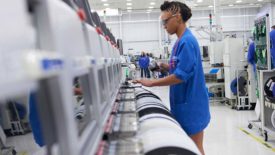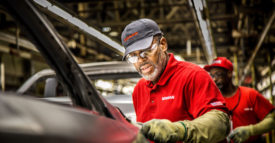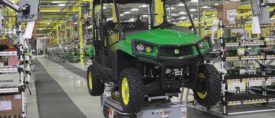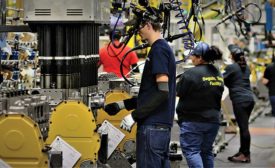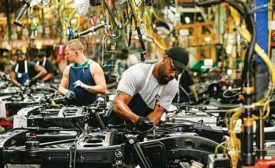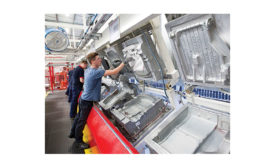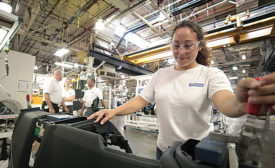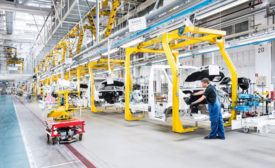Home » capital spending
Articles Tagged with ''capital spending''
Capital Spending Survey 2022: Assemblers Continue to Invest
Buoyed by efforts to boost domestic production of EVs and electronics, manufacturers are investing in their assembly operations.
December 1, 2022
Capital Spending Survey 2021: Assemblers Gear Up for Recovery
With the pandemic subsiding and consumer spending on the rise, manufacturers are investing in their assembly operations.
December 7, 2021
2020 Capital Spending Survey: Cautious Optimism
With a new presidential administration and an end to COVID in sight, manufacturers are ready to invest in their assembly lines.
December 4, 2020
ASSEMBLY Capital Spending Report 2019: Manufacturers Continue to Invest in Technology
Despite some headwinds, manufacturers will continue to invest in assembly technology
December 9, 2019
ASSEMBLY Capital Spending Report 2018: Spending Increases due to Economic Growth and Tax-Cuts
Spurred by tax cuts and economic growth, manufacturers will continue to invest in their assembly operations.
December 6, 2018
ASSEMBLY Capital Spending Report: Capital Spending to Increase
With automotive and aerospace manufacturing going strong, our annual Capital Equipment Spending Survey predicts continued growth in investment.
December 1, 2016
Never miss the latest news and trends driving the manufacturing industry
Stay in the know on the latest assembly trends.
JOIN TODAY!Copyright ©2025. All Rights Reserved BNP Media.
Design, CMS, Hosting & Web Development :: ePublishing


